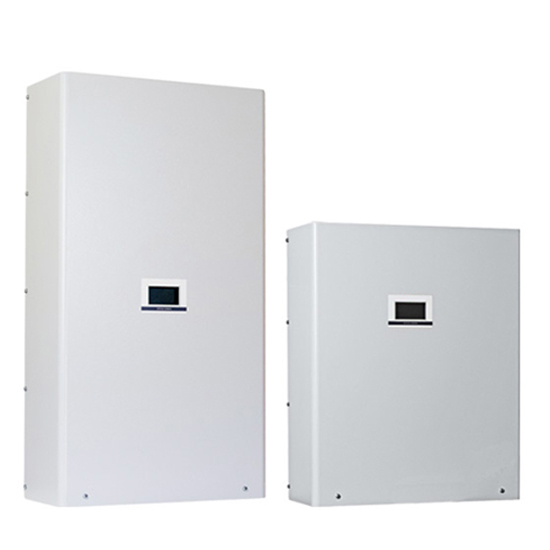A phase converter is a device that produces three-phase electrical power from a single-phase source, thus allowing the operation of three-phase equipment at a site that only has single-phase electrical service.
The first phase converters were invented nearly one hundred years ago. These were static phase converters, and they have changed little since that time. Over the years, other technologies have been employed as phase converters and hundreds of companies, large and small, manufacture phase converters.
There are rotary phase converters, variable frequency drives (VFD) adapted as phase converters and the newest technology, digital phase converters. This can make the search for one a confusing process. This technical paper, A Comparison of Phase Converter Technologies is a good source if you want a scientific, detailed explanation of phase converter technologies.

Phase converters have been widely used because three-phase service from the electric utility is not available in all locations. Three-phase service is generally expensive to install and may not be available at any price in remote locations or residential neighborhoods. It is more expensive than single-phase service because it requires more wires, more high voltage transformers and a different service panel.
It is also common for the utility to charge a higher monthly service fee for providing three-phase service. Click here for a more detailed explanation of three-phase power.
There are dramatic and important differences among phase converters in terms of price, power quality, voltage balance, efficiency, versatility and ease of installation. Hopefully this site will help you to understand these issues and make it easier to select the right converter for your application.
